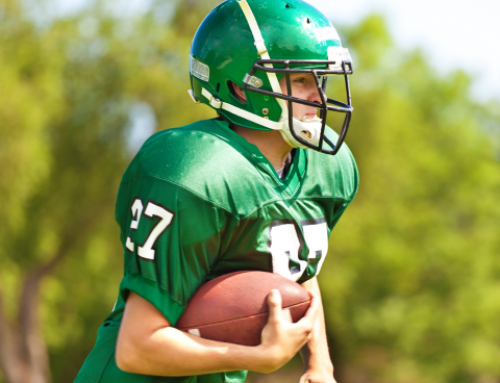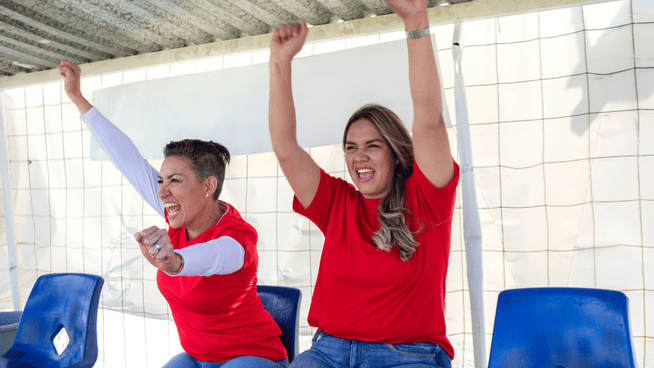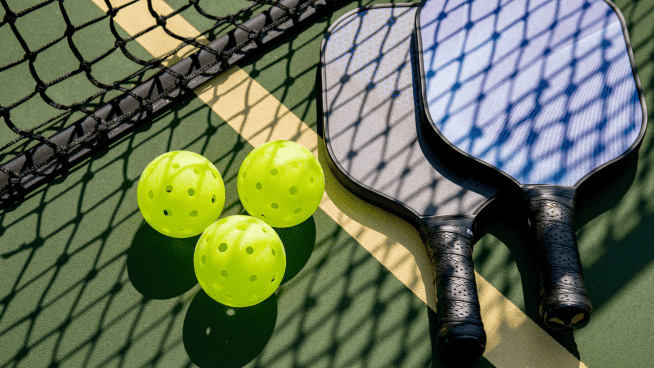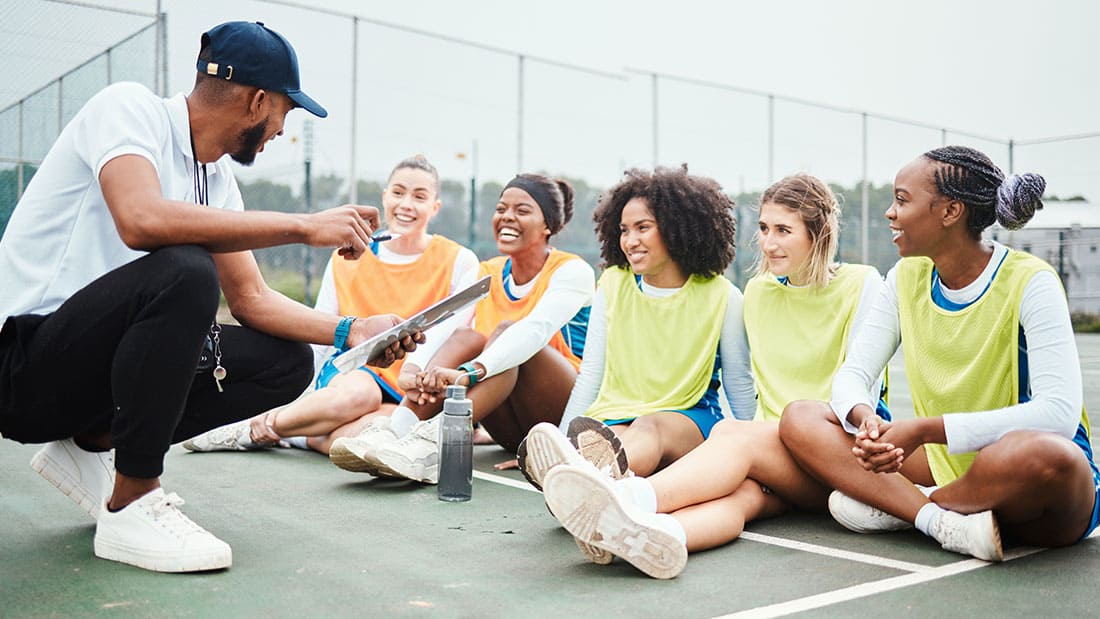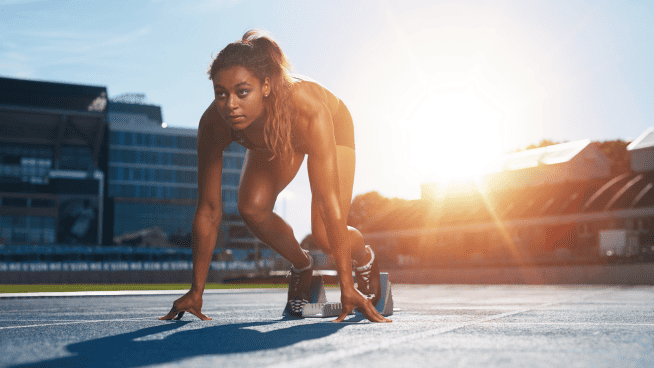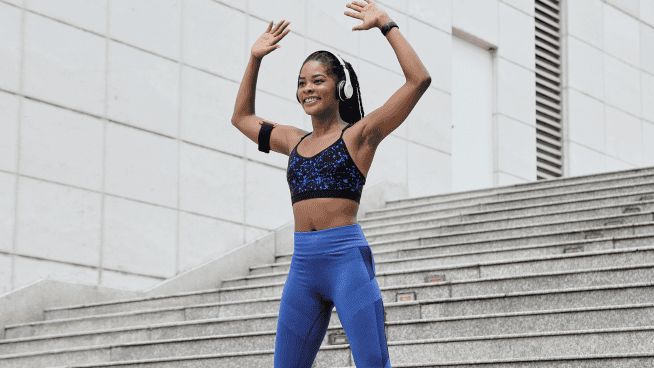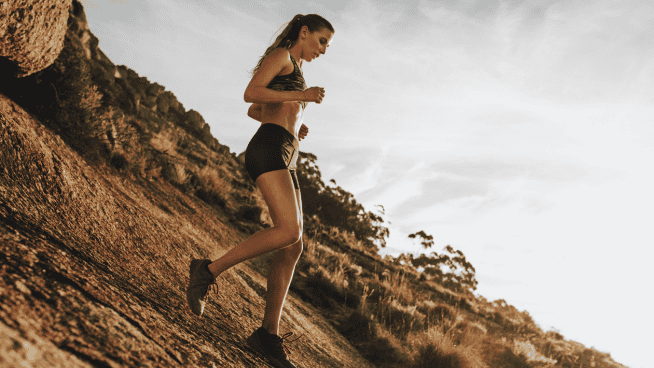Top 5 Exercises to Reduce Your Risk of ACL Injury
No one wants to tear their ACL.
But unfortunately, ACL injuries for amateur athletes are on the rise, and the average age of those afflicted seems to be getting younger and younger.
What is an ACL?
ACL stands for Anterior Cruciate Ligament.
Your ACL attaches the front of the tibia (bone below your knee cap) to the inside part of the femur (bone above your knee cap). The ACL helps prevent the tibia from going forward from the femur and it limits internal rotation of the tibia, as well.
How Do ACL Injuries Happen?
The ACL can be injured either through contact or non-contact incidents.
A contact injury occurs when there is a forceful hit from either outside or behind the tibia causing a rotation force and hyperextension at the knee joint.
A non-contact injury occurs when the knee locks or hyper extends with a pivoting/twisting mechanism. Non-contact injuries don’t involve contact with another athlete.
Non-contact ACL injuries make up over 70% of all ACL injuries.
Am I At Risk for an ACL Injury?
Every athlete is at some risk of suffering an ACL injury.
Females are generally 2-4 times more likely to tear their ACL than males. Differences in neurological activation are believed to be among the main reason females experience more ACL injuries.
Both intrinsic and extrinsic factors determine an individual’s risk for ACL injury. Extrinsic factors are those outside of the control of the athlete. Contact ACL injuries fit into this category. Intrinsic factors, meanwhile, can be broken up into modifiable and non-modifiable factors.
Research has shown some modifiable intrinsic risk factors include increased knee valgus. In other words, the knee caving significantly inward during landing and cutting actions.
How Do I Reduce My Risk of ACL Injury?
Several factors can help prevent the knee from having dynamic valgus or an undesirable degree of “caving in” during certain athletic actions.
There is typically a deceleration component when ACL injuries occur, meaning the athlete is either stopping, cutting, turning or landing. The three main factors that help to limit knee valgus are glute strength, ankle mobility and neuromuscular control.
Glute Strength and ACLs
The glute muscles are responsible for extending, abducting and externally rotating the hip, which are the opposite motions of knee valgus. Therefore, if someone has weak glute muscles, they are at more risk of going into dynamic knee valgus during athletic action, increasing their risk for injury.
The glute muscle can be difficult to train because it has poor representation in the primary motor cortex, and increased periods of sitting lead to decreased activation of the glute muscle.
To improve glute activation, static holds or isometric training can really help create motor memory. Pairing a glute activation movement with the right core training helps enhance our glutes’ ability to fire correctly.
The Side Plank Clam ISO Hold and the X-Walk are two exercises that help achieve this desired glute and core activation, killing two birds with one stone.
Ankle Mobility and ACLs
Ankle mobility is huge for ACL injury prevention.
If the athlete does not have adequate ankle mobility (specifically dorsiflexion range of motion), it will cause compensations leading to their knee collapsing in when landing.
Adequate ankle mobility will allow the knee to be tracking along the second and third toes when performing any kind of squat variation. This 3D Gastric/Soleus (calf) stretch can help alleviate muscular tightness and improve ankle dorsiflexion.
[youtube video=”6xVpXlpNUdA”]Neuromuscular Control and ACLs
The way I like to describe neuromuscular control is the athlete’s ability to control their body in space.
We tell athletes all the time: A fast car without brakes is a recipe for disaster.
Improving the ability to control the dynamic valgus during landing, stopping or cutting will help reduce the risk for ACL injury and lead to a longer, healthier career.
Single-Leg Drop Landings and Single-Leg Decelerations are two of our favorite drills for training the ability to control dynamic valgus during landing and deceleration.
Paired with a proper strength and conditioning program and an intelligent approach to load management to prevent overuse injuries, these exercises can help build more resilient ACLs.
READ MORE:
RECOMMENDED FOR YOU
Top 5 Exercises to Reduce Your Risk of ACL Injury
No one wants to tear their ACL.
But unfortunately, ACL injuries for amateur athletes are on the rise, and the average age of those afflicted seems to be getting younger and younger.
What is an ACL?
ACL stands for Anterior Cruciate Ligament.
Your ACL attaches the front of the tibia (bone below your knee cap) to the inside part of the femur (bone above your knee cap). The ACL helps prevent the tibia from going forward from the femur and it limits internal rotation of the tibia, as well.
How Do ACL Injuries Happen?
The ACL can be injured either through contact or non-contact incidents.
A contact injury occurs when there is a forceful hit from either outside or behind the tibia causing a rotation force and hyperextension at the knee joint.
A non-contact injury occurs when the knee locks or hyper extends with a pivoting/twisting mechanism. Non-contact injuries don’t involve contact with another athlete.
Non-contact ACL injuries make up over 70% of all ACL injuries.
Am I At Risk for an ACL Injury?
Every athlete is at some risk of suffering an ACL injury.
Females are generally 2-4 times more likely to tear their ACL than males. Differences in neurological activation are believed to be among the main reason females experience more ACL injuries.
Both intrinsic and extrinsic factors determine an individual’s risk for ACL injury. Extrinsic factors are those outside of the control of the athlete. Contact ACL injuries fit into this category. Intrinsic factors, meanwhile, can be broken up into modifiable and non-modifiable factors.
Research has shown some modifiable intrinsic risk factors include increased knee valgus. In other words, the knee caving significantly inward during landing and cutting actions.
How Do I Reduce My Risk of ACL Injury?
Several factors can help prevent the knee from having dynamic valgus or an undesirable degree of “caving in” during certain athletic actions.
There is typically a deceleration component when ACL injuries occur, meaning the athlete is either stopping, cutting, turning or landing. The three main factors that help to limit knee valgus are glute strength, ankle mobility and neuromuscular control.
Glute Strength and ACLs
The glute muscles are responsible for extending, abducting and externally rotating the hip, which are the opposite motions of knee valgus. Therefore, if someone has weak glute muscles, they are at more risk of going into dynamic knee valgus during athletic action, increasing their risk for injury.
The glute muscle can be difficult to train because it has poor representation in the primary motor cortex, and increased periods of sitting lead to decreased activation of the glute muscle.
To improve glute activation, static holds or isometric training can really help create motor memory. Pairing a glute activation movement with the right core training helps enhance our glutes’ ability to fire correctly.
The Side Plank Clam ISO Hold and the X-Walk are two exercises that help achieve this desired glute and core activation, killing two birds with one stone.
Ankle Mobility and ACLs
Ankle mobility is huge for ACL injury prevention.
If the athlete does not have adequate ankle mobility (specifically dorsiflexion range of motion), it will cause compensations leading to their knee collapsing in when landing.
Adequate ankle mobility will allow the knee to be tracking along the second and third toes when performing any kind of squat variation. This 3D Gastric/Soleus (calf) stretch can help alleviate muscular tightness and improve ankle dorsiflexion.
[youtube video=”6xVpXlpNUdA”]Neuromuscular Control and ACLs
The way I like to describe neuromuscular control is the athlete’s ability to control their body in space.
We tell athletes all the time: A fast car without brakes is a recipe for disaster.
Improving the ability to control the dynamic valgus during landing, stopping or cutting will help reduce the risk for ACL injury and lead to a longer, healthier career.
Single-Leg Drop Landings and Single-Leg Decelerations are two of our favorite drills for training the ability to control dynamic valgus during landing and deceleration.
Paired with a proper strength and conditioning program and an intelligent approach to load management to prevent overuse injuries, these exercises can help build more resilient ACLs.
READ MORE:




